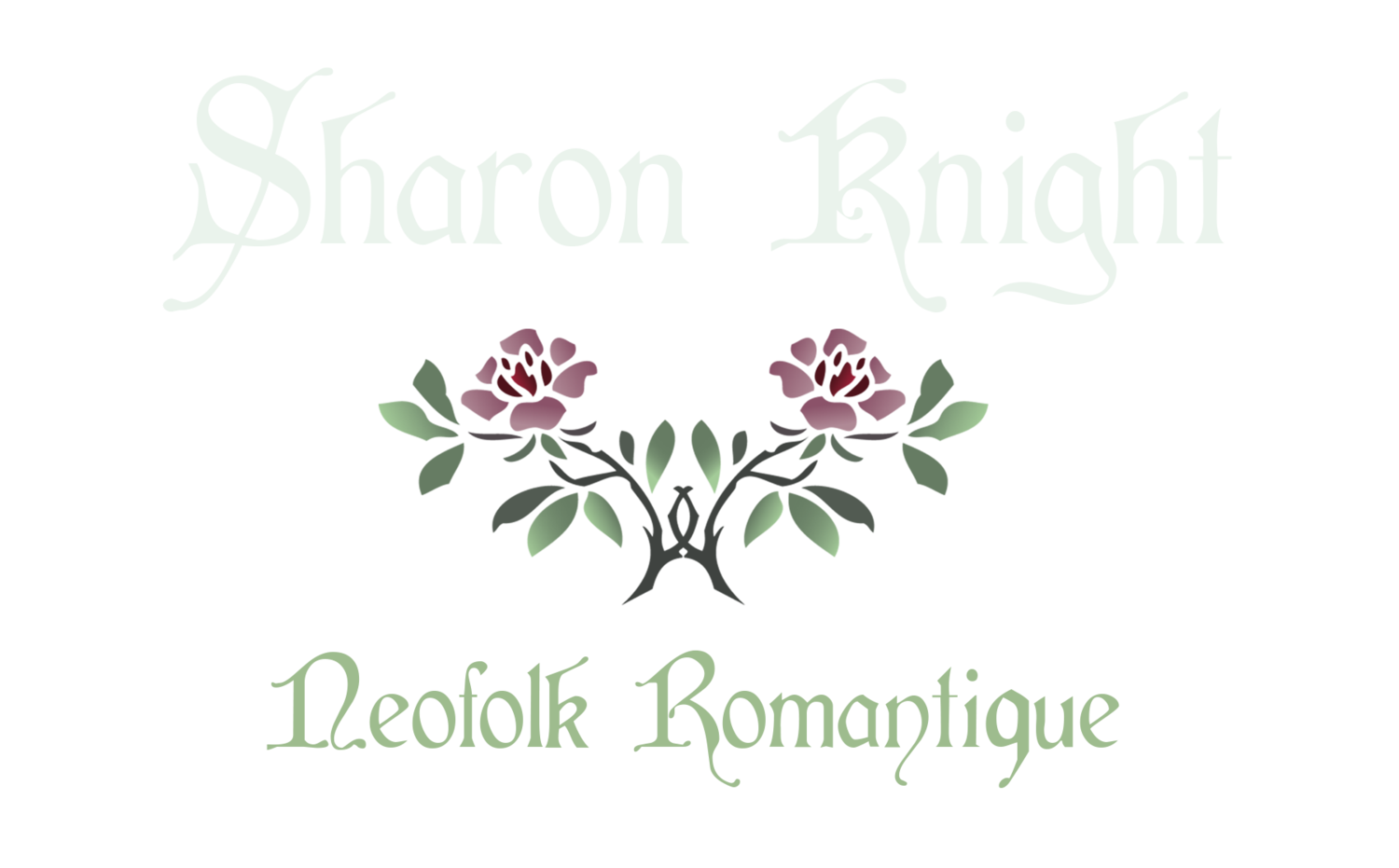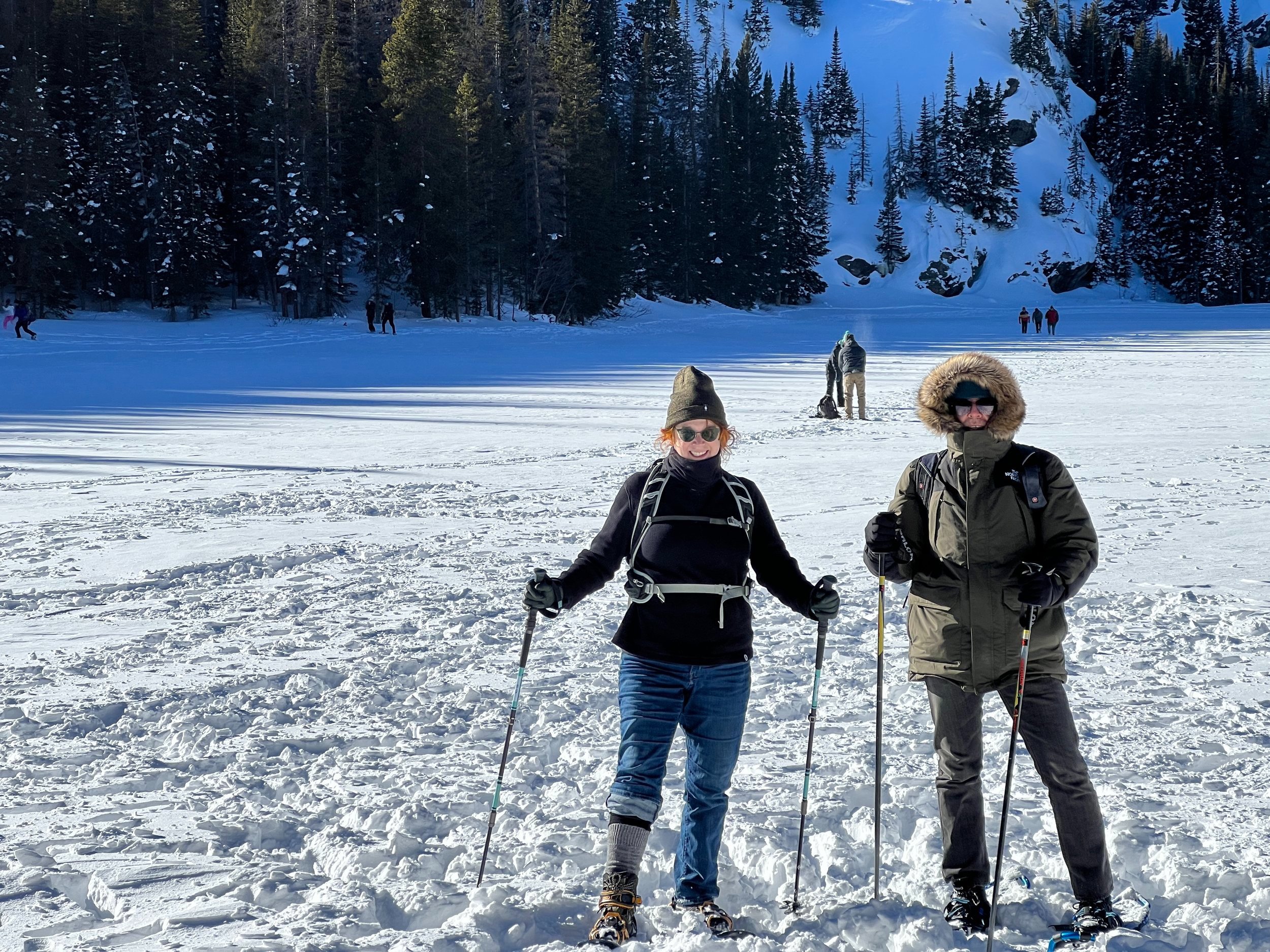Dream Lake in January, Rocky mountain National Forest. Photo: Sharon Knight
I had occasion to spend two weeks in the Rocky Mountains in January. It was a winter wonderland, covered in snow and silence, very different from my usual landscape.
It was like meeting a new friend.
I am so familiar with the California coastal terrain, my home for most of my life. I know the scent of the trees, the moisture in the air, the call of the gulls. I know whether it is likely to be a good sunset based on the cloud formations. (Is there such a thing as a bad sunset?) I know the good spots for seal watching, and the intimate feeling when the mist comes in. My life is tuned to these rhythms and I know how to be comfortable here. This ecosystem lives within me, and I within it.
Not so the Rocky Mountains. Snow soon turns to ice, and I am not so sure-footed as I am in the warm coastal sands. My body doesn’t instinctively know the right responses to the environment, the “just so” cock of the foot to take the next step without slipping. To learn the qualities and moods of snow and ice is to learn a new set of boundaries. And yet, when those boundaries are understood and respected, one is rewarded with delight. Like getting to know a new lover.
For indeed, I do see this glorious jewel of a planet as my greatest love.
The lakes in Rocky Mountain National Park are frozen in January, all but vanished beneath the ice and snow. Lakes that in summer had clearly defined shores now blended into the snow-encrusted land. Imagine my delight, to walk upon these lakes, my snowshoes crunching out a most delightful rhythm! (I even recorded it and turned it into a song! 😆)
“How do people know when a lake is safe to walk on?” I asked the park volunteer.
”Let other people go first” he responded, in what I hoped was a tongue-in-cheek manner.
There were several others walking on the lake, so off we went!
In case you can’t tell, that’s Winter on the right. We have SO. MANY. CLOTHES on!
(Photo: Paul Nordin)
Ski pants and mittens, base layers and hats all conspire to preserve your body heat. It got as low as 5 degrees, yet I never felt miserable. So this is how people survive in the arctic! I could never imagine, until I wore one of these coats like Winter has on now!
Moraine Park in Winter
It was fascinating to experience the same waterways I had met earlier in the summer, donned in their winter cloaks.
Precise conditions must be met to get the magical crystalline structure we know as snow. Slushy rain may look like snow from afar, but it does not crystallize. This fascinated me perhaps more than it should have. Surely those living in snow-prone environments are laughing at me this very moment! However, I have only been in the snow about 6 times in my life, and have never considered this transformation. It struck me as utterly magical, a spell concocted by Mother Nature herself. With just the right “ingredients”, frozen water turns to crystals falling from the sky. What could be more enchanting?
I learned the difference between powder, icy snow, and pure ice; snow’s various stages and the temperament of each. Icy snow is a lot bumpier to sled down than powdery snow! Our companion, Paul, who hails from a snowy climate, was less interested in sledding down icy snow. But I, who had never sledded down a snow-covered hill, was not about to miss this adventure! Down I went, soaring over (what I thought was) a small bump and flying into the air, landing hard and bumping all the way down, laughing like a twelve year old. (These are the things that keep us young, friends!)
I learned how to walk in the snow, how to maneuver in snowshoes. I learned where it was safe to step and where it was less so. Rocks absorb heat, and therefore it is best not to walk too close to them, or your leg is likely to sink deep into a hole. (or, erm, into the freezing lake).
Many things had to be learned by doing. How to place your feet just so as you walk. You must feel with your feet to see how this particular patch of ice or snow will receive you. If you do not read the ice adequately, you will fall.
Snow Flop!
Of course, falling is not always a bad thing. There is a joyful abandon in surrendering yourself to a big, soft pile of fresh snow! Got inflammation in your back? This is the best ice pack ever!
The silence! Oh the silence! Snow absorbs sound, so the stillness also felt like a piece of magic. To still the never-ending busy-ness of my urban lifestyle was a glorious gift!
Also - fresh snow sparkles! As though the God of Storm was having a moment and gleefully flung glitter across the land!
All in all, I felt like I had been transported to an Otherworldly wonderland, which so challenged my habitual ways of being with a landscape that taking my environment for granted was not even possible. Each movement, each breath was about understanding myself in relation to this new ecosystem, an ongoing negotiation between Self and the Land.
Because we are not separate from nature, but have evolved alongside her every step of the way, we can’t help but learn about ourselves as we learn a new ecosystem. It is my wish for all beings that we have these types of experiences, that we are reminded of the fullness of life available to us when we commune with the natural world.
Photo from our cabin by Paul by Nordin.







